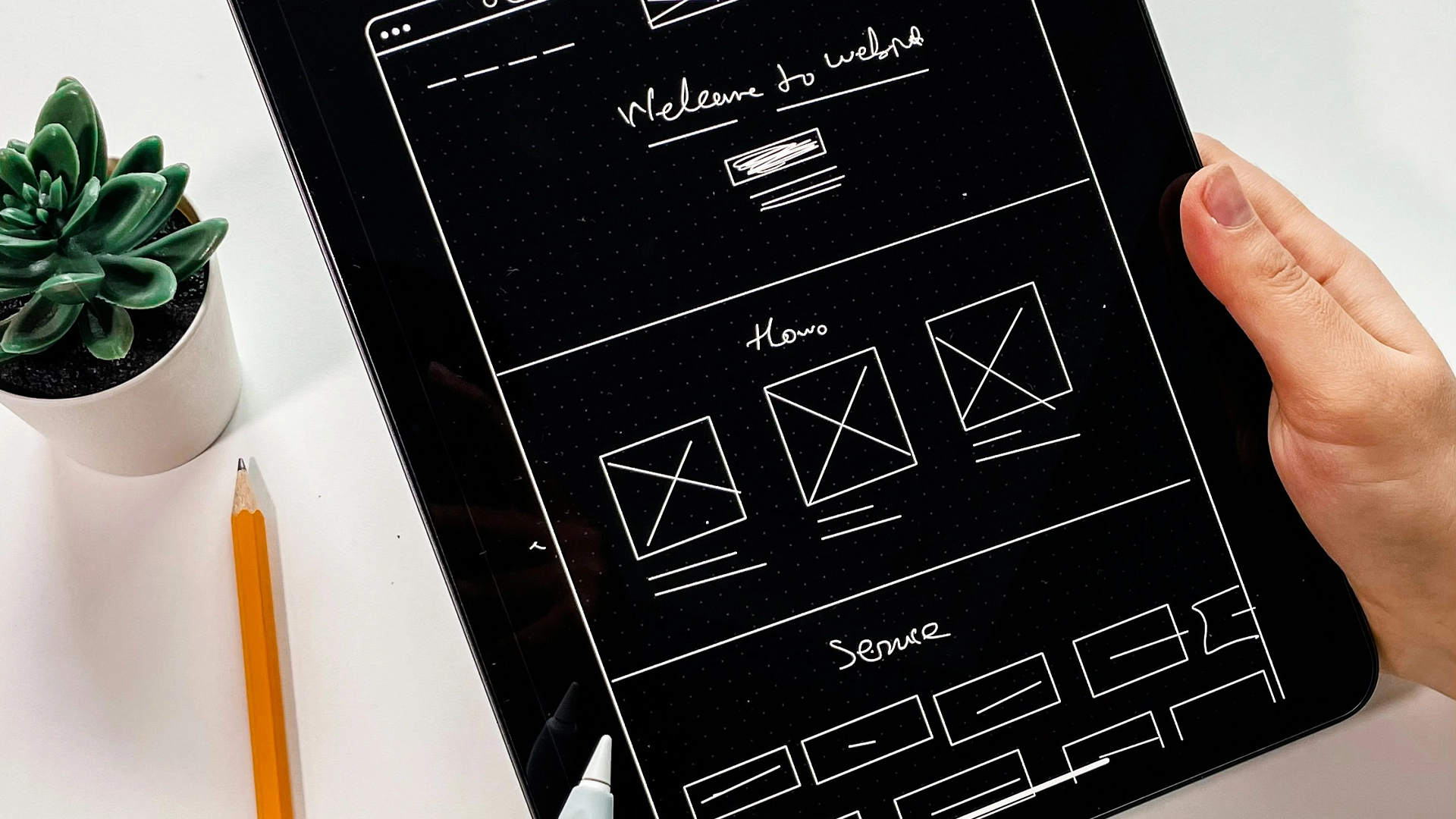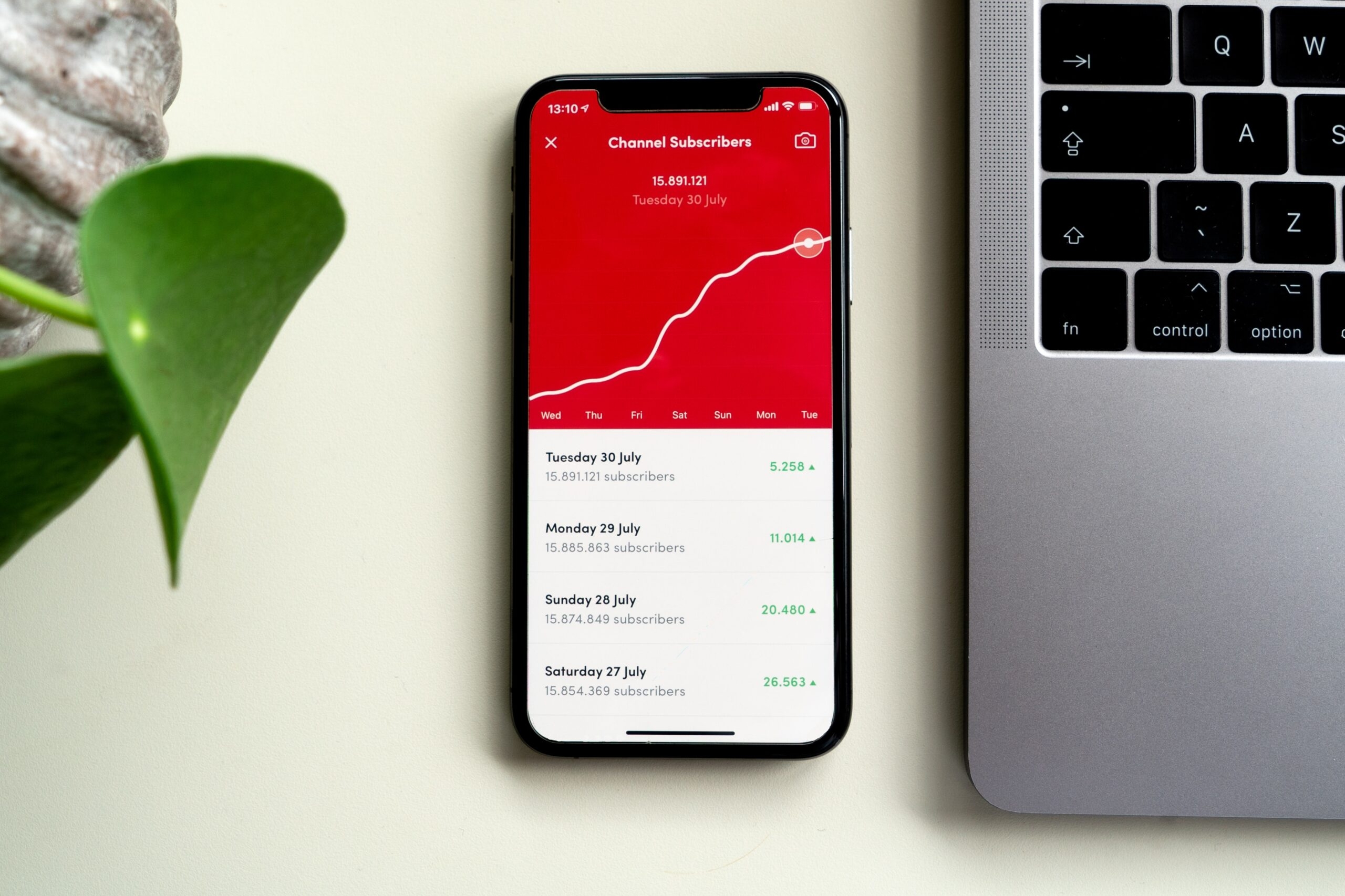How UX Can Improve Your E-Commerce Website
User experience (UX) is no longer just a nice-to-have across your online platforms—it’s a critical component of any successful e-commerce website. As online competition intensifies with a growing number of vendors, businesses must focus on creating seamless, integrated, and intuitive experiences for their customers to stand out from the crowd. So, how can UX improve ecommerce websites?
88% of online shoppers are less likely to return to a site after having a bad user experience.

Understanding the Importance of UX in E-Commerce
User experience encompasses all aspects of a user’s interaction with your e-commerce website, from the moment they land on one of your pages to the point of purchase and the after sales experience.
A well-designed and all rounded user experience ensures that this journey is seamless, engaging, and simple. Here’s why UX is a crucial part of any e-commerce strategy:
1. First Impressions Matter
Users tend to form their own opinions about your website within seconds of using it. A clean, visually appealing, and easy-to-navigate website can help to create an outstanding first impression (in a good way).
2. Enhanced Usability
An intuitive and seamless UX design makes it easy for users to find what they’re looking for and navigate your site easily, whether it be to find a product, information, or customer support details. This ease of use reduces user frustration and increases the likelihood of conversions taking place.
3. Building Trust
3. Building Trust
A professional looking and user-friendly website will help to instil confidence in your brand and your platform. When users trust your site and class it as a reliable organisation, they are more likely to complete purchases and return for future transactions whether it be for products or information.
4. Reducing Cart Abandonment
Complicated, hard to navigate or lengthy checkout processes can be a primary cause of cart abandonments across all types of e-commerce websites. Streamlining the checkout process to make it as seamless as possible through better UX design can significantly reduce cart abandonment rates and boost conversions.

Key UX Strategies to Enhance Your E-Commerce Marketing
1. Simplify Navigation
Ensure your website’s menu and navigation is intuitive and straightforward. Remember to make it as easy as possible for users to find content and products across your site.
You can achieve better results by utilising clear categories, hierarchical menu structures, and even a search bar that provides relevant and accurate results. Breadcrumbs are also a great way to help users keep track of their location across your site and various pages.
2. Optimise for Mobile
With a growing number of users shopping on mobile devices, mobile optimisation and responsiveness is critical to converting modern users. Ensure your website is responsive to all types of screen size, with touch-friendly UI, fast loading times, and mobile-specific features.
3. Improve Page Load Speed
Slow loading times on your website site will only frustrate your users and drive them away from converting. Optimise various aspects on your site such as images and different media. You can also leverage browser caching tools, and use a content delivery network (CDN) to improve your site’s performance.
4. Clear and Compelling Calls-to-Action (CTAs)
Design clear and precise CTAs that stand out and guide users to your key converting pages and products. Use actionable and persuasive language while placing CTAs strategically throughout your site to encourage users to act.
5. Streamline the Checkout Process
Minimise the amount of steps required to complete a purchase on your e-commerce website. You can achieve this by offering guest checkout options, auto-fill fields, and multiple payment methods. Clearly display your shipping costs and your estimated delivery time early on in the process to avoid unhappy customers.
$2.6 billion in revenue is lost every year because of slow-loading websites.

Measuring the Impact of UX Improvements
To ensure your UX improvements are effective in achieving your goals, it’s important to track relevant metrics and analyse user behaviour to measure the impact your optimisations are having. Key performance indicators (KPIs) to monitor include:
1. Conversion Rate
2. Bounce Rate
3. Average Session Duration
4. Cart Abandonment Rate
For more information on measuring your UX impact, see our blog post on how to get started.
More interesting content...
Like this story? Share it on your social media...
For more of the latest content, why not subscribe to our mailing list...






